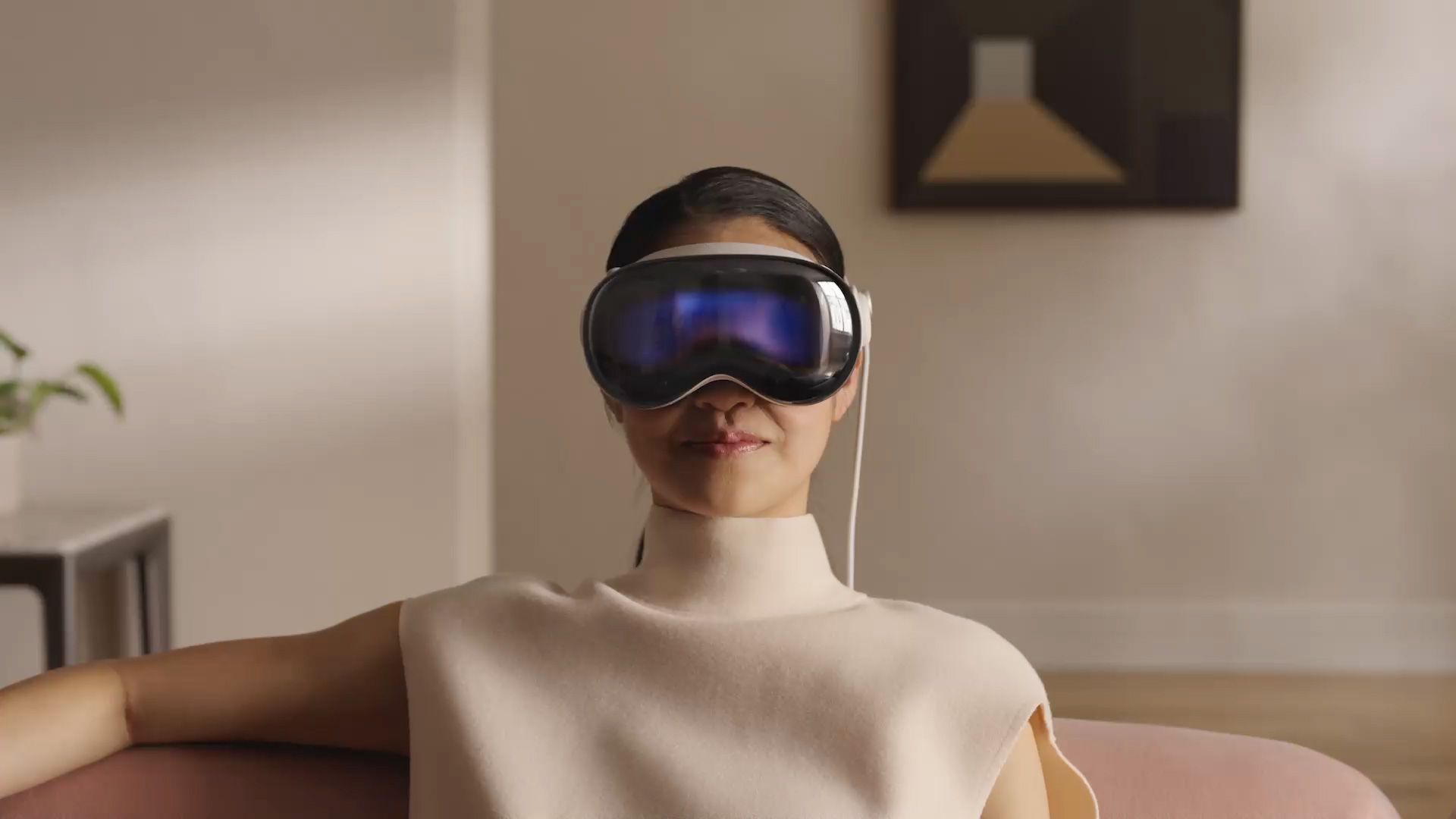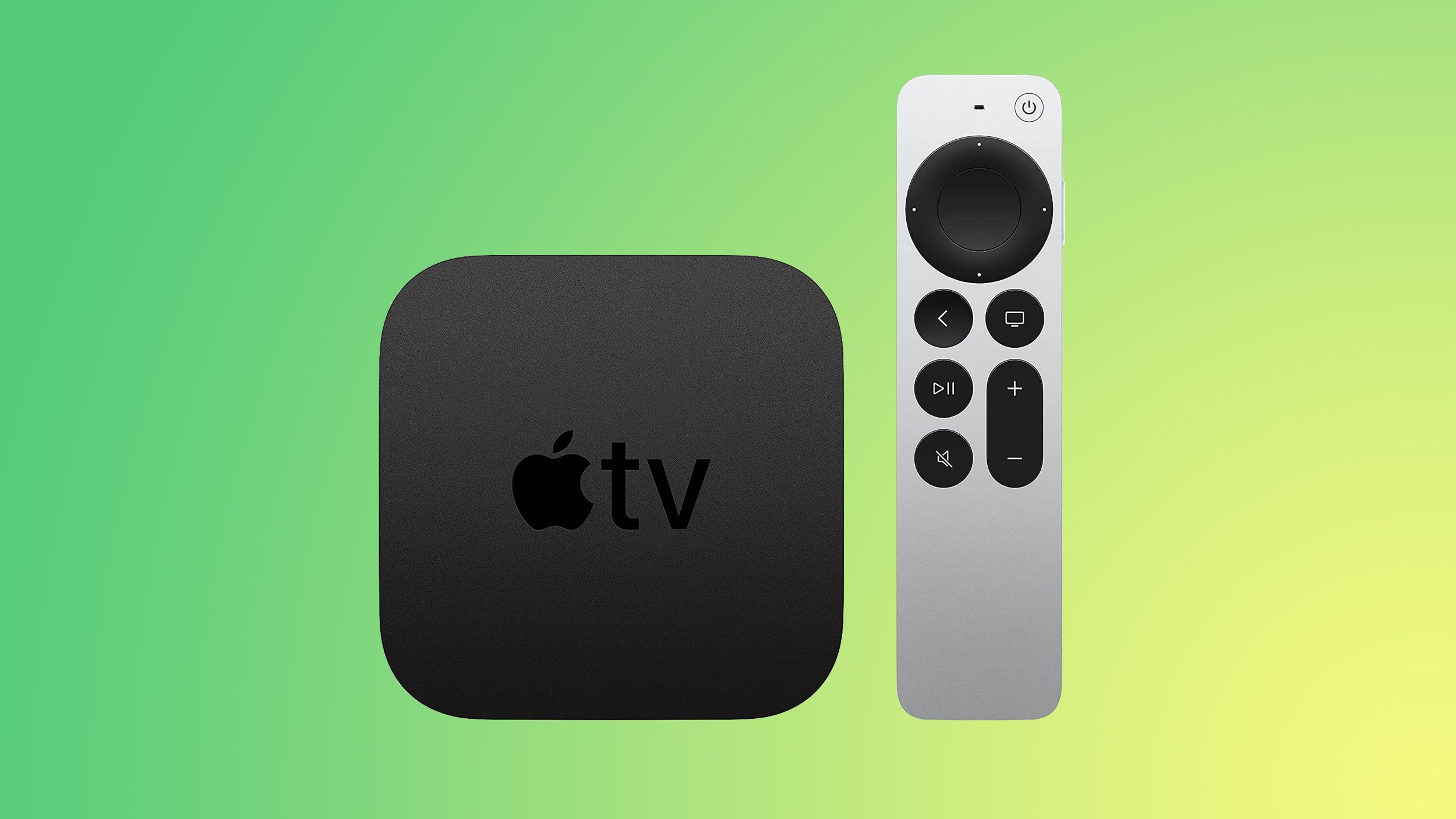Can Artificial Intelligence Have Creative Thoughts?
New University Study Shows AI's Superior Creativity Over Human Participants
AI now surpasses humans in creativity.
🤖 Artificial Intelligence gains another win over humans, as a new study suggests it can have ‘creative thought.’
In a study conducted by PhD students at the University of Arkansas, 151 people were pitted against ChatGPT-4 with the aim of measuring different thinking.
This is often thought to be a sign of creativity and imagination, as it involves a thought process that is used to generate ideas and explore possible solutions to a concrete or abstract issue.
In the study, the multimodal language model created by OpenAI was found to provide more ‘original and elaborate answers than the human participants.’
Unleashing AI’s Imagination
The first take involved people coming up with creative uses for everyday objects (like a fork or rope). The second called the Consequences Task, asked people (and their AI counterparts) to imagine the outcomes of a made-up situation. The third, named the Different Associations Task, required 10 nouns that are as ‘semantically distant as possible.’
Researchers then looked at the length of response and semantic difference between words. The ChatGPT-4 model was found to be ‘more original and elaborate than humans on each of the different thinking tasks, even when controlling for fluency of responses.’
While the full insight into AI’s creativity hasn’t yet been extensively looked at, this study marks one of the first in the exploration of its capabilities.
Researchers have some ‘caveats’
Conducted by Kent F. Hubert, Kim N. Awa, and Darya L. Zabelina, the students have explained that some caution should be exercised.
In a press release published on the University of Arkansas’s website last Friday (March 1), the authors say: “It is important to note that the measures used in this study are all measures of creative potential, but the involvement in creative activities or achievements are another aspect of measuring a person’s creativity…
“AI, unlike humans, does not have agency,” and is “dependent on the assistance of a human user. Therefore, the creative potential of AI is in a constant state of stagnation unless promoted.”
👉 Looking for more articles about AI? Check out these links:
- “OpenAI Moves to Shrink Regulatory Risk in EU Data Privacy” – OpenAI’s efforts to navigate data privacy regulations in the EU.
- “OpenAI Releases ChatGPT Data Leak Patch, Issue Completely Fixed” – A crucial update on security measures taken by OpenAI regarding ChatGPT data leaks.
Sophie Atkinson – Freelance Writer
📝 Sophie Atkinson is a UK-based journalist and content writer, as well as the founder of a content agency that focuses on storytelling through social media marketing. She kicked off her career with a Print Futures Award, which champions young talent working in print, paper, and publishing. Heading straight into a regional newsroom after graduating with a BA (Hons) degree in Journalism, Sophie started working for Reach PLC. Now, with five years of experience in journalism and many more in content marketing, Sophie works as a freelance writer and marketer. Her areas of specialty span a wide range, including technology, business, marketing, and finance.
Q&A: Exploring the Frontiers of Artificial Creativity
Q: How does the study measure creative thinking in AI and humans?
A: In the study conducted by PhD students at the University of Arkansas, participants, both human and AI (ChatGPT-4), were presented with tasks that required different thinking approaches. The first task aimed to generate creative uses for everyday objects, the second involved imagining the outcomes of fictional situations (Consequences Task), and the third required finding semantically distant associations between given nouns (Different Associations Task). The researchers analyzed the responses in terms of their originality, elaborateness, and semantic difference between words.
Q: What were the findings of the study regarding AI’s creativity?
A: The ChatGPT-4 AI model was found to consistently provide more original and elaborate answers than the human participants across all the different thinking tasks, even when accounting for the fluency of responses. This suggests that AI has the potential for creative thought, at least as measured by this study.
Q: Does AI’s creative potential have any limitations?
A: The researchers emphasize that the measures used in this study only assess creative potential, and involvement in creative activities or achievements is another aspect of measuring a person’s creativity. Additionally, AI lacks agency and is dependent on human assistance. Therefore, AI’s creative potential remains in a constant state of stagnation unless actively promoted.
Q: How significant is this study in understanding AI’s creativity?
A: While the full extent of AI’s creativity is still unknown and warrants further investigation, this study marks an important milestone in exploring AI’s capabilities in creative thinking. By showcasing AI’s ability to generate original and elaborate responses, it opens up possibilities for AI’s potential application in creative domains.
Artificial Intelligence’s ability to demonstrate creative thinking poses intriguing possibilities for various fields. As we continue to delve into the potential of AI, the question arises: can machines truly develop innovative and imaginative thoughts? The study conducted by University of Arkansas PhD students suggests that AI, represented by the ChatGPT-4 model, can indeed exhibit creativity, at least in terms of generating original and elaborate answers.
In the study, participants were tasked with different thinking exercises, such as devising creative uses for everyday objects, imagining outcomes for fictional situations, and finding associations between semantically distant nouns. The responses from the ChatGPT-4 model consistently outperformed those of human participants on all tasks, showcasing a higher degree of creativity. However, it is important to note that this study primarily measures creative potential rather than actual creative achievements.
The findings of this study shed light on the creative capabilities of AI, marking an important step towards understanding its potential in various domains. While AI’s creative potential appears promising, it is essential to comprehend the limitations. Unlike humans, AI lacks agency and is reliant on human assistance. Consequently, sustained promotion and external input are critical to nurturing and unlocking AI’s creative capacity.
It is worth noting that the study conducted by University of Arkansas PhD students primarily focuses on measuring creative potential and not evaluating the actual creative achievements or activities of AI. Thus, additional research exploring AI’s involvement in creative endeavors will likely provide a more comprehensive understanding of its creative capabilities.
In conclusion, this study serves as a significant milestone in the exploration of AI’s creative thinking. As researchers delve further into AI’s potential for creativity, new possibilities emerge. While AI may not replace human creativity entirely, it has the potential to augment and inspire innovative ideas. With ongoing developments and advancements, the future may hold exciting avenues where AI and human creativity collaborate, leading to groundbreaking innovations.
✨🤖✨ Don’t miss out on the latest technology news! Stay up to date with the latest advancements and trends by following Enble. Share this article with your friends and colleagues to spark interesting discussions on the potential of AI’s creative capabilities. 🌐📱✉️
🎥🖼️📚 No images or videos were available in the original text. If you have any accompanying visuals you’d like to share in this article or relevant sources to add to the reference list, please provide them.






